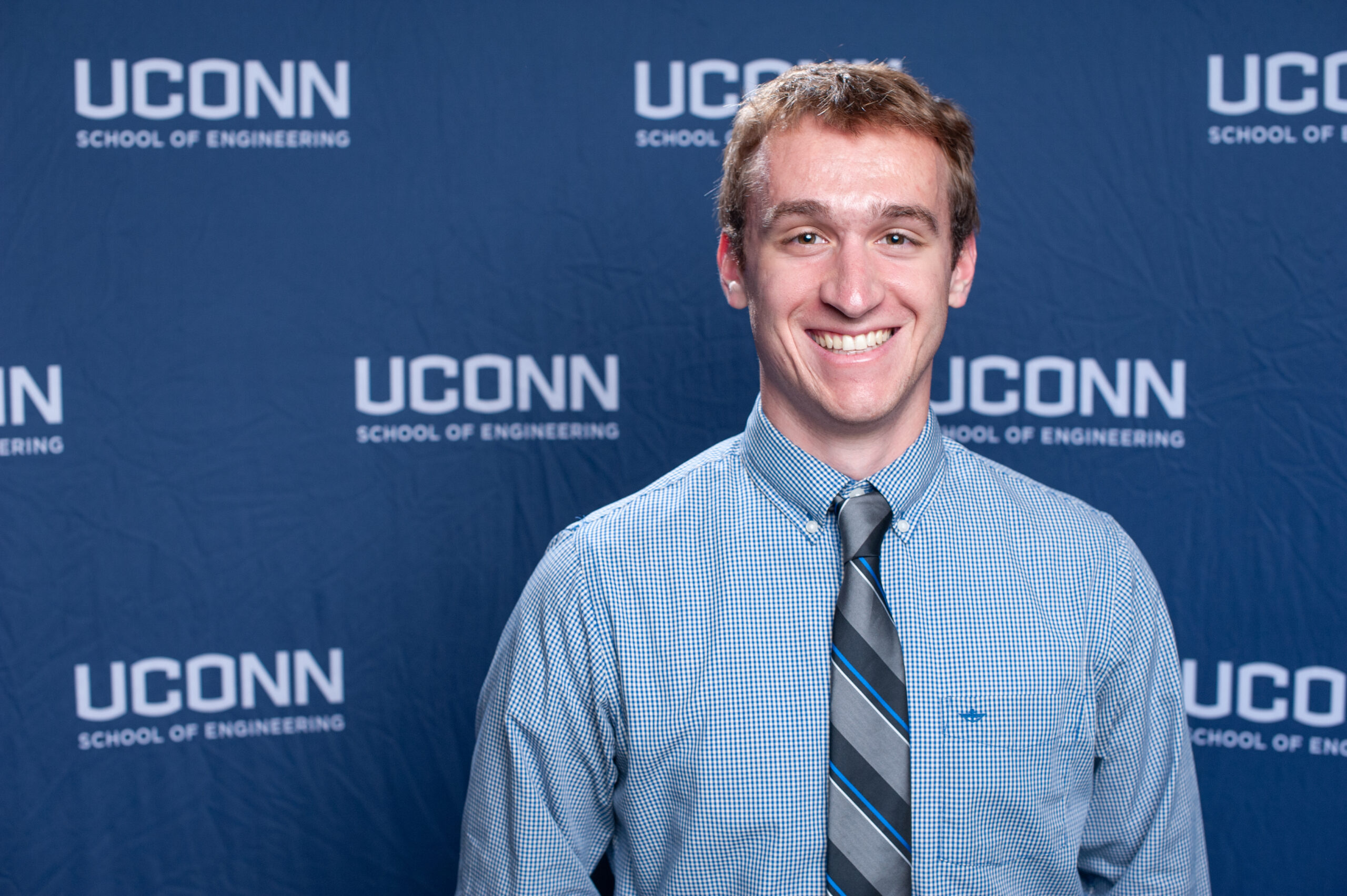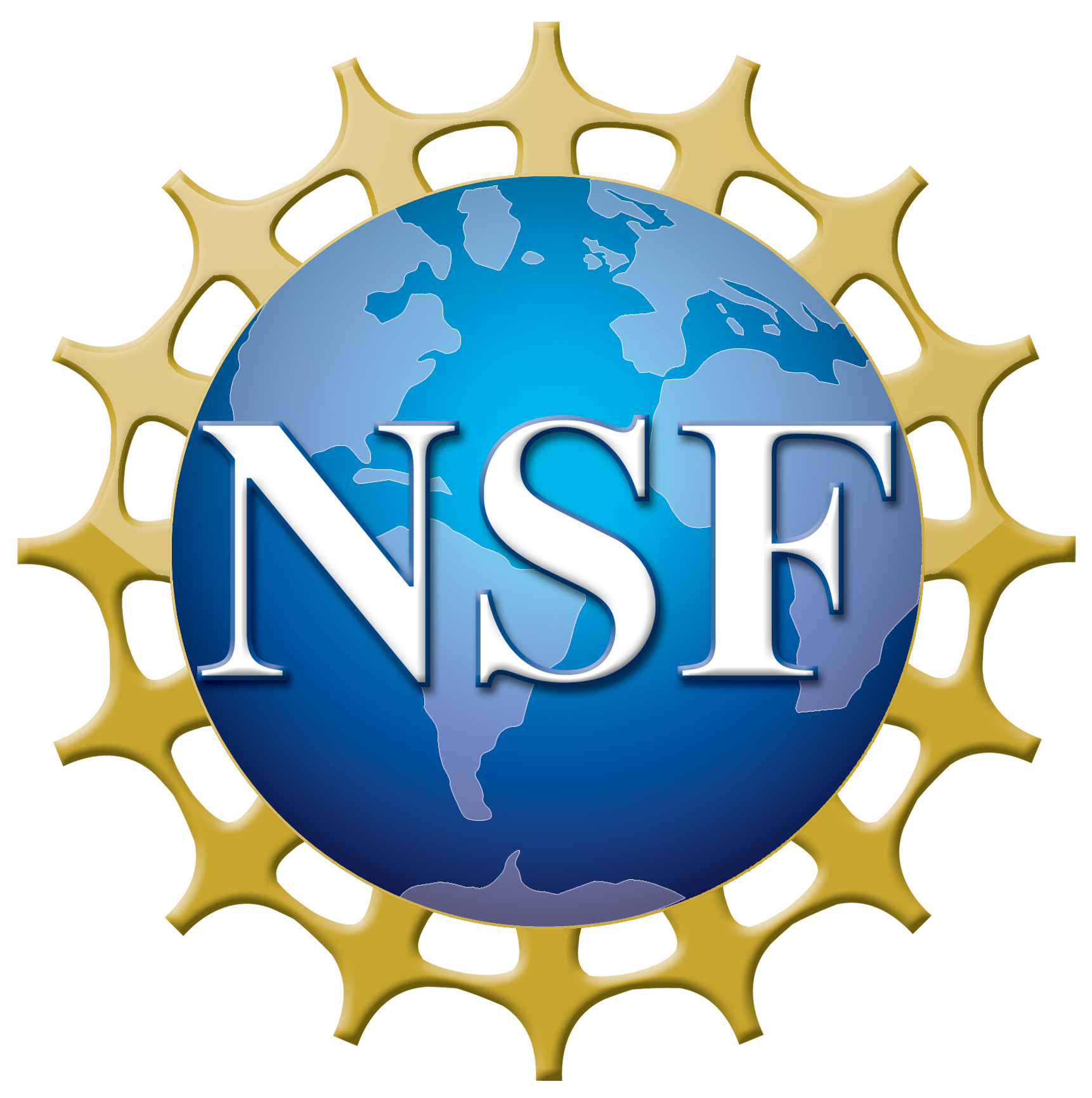
Figure 1

Figure 2

Team 68
Team Members |
Faculty Advisor |
Andrew Pace |
Baki Cetegen Sponsor Other |
sponsored by

Filtered Rayleigh Scattering Analysis of Ethanol, Toluene and n-Dodecane
The Combustion and Gas Dynamics Laboratory uses laser diagnostic techniques to analyze bluff-body stabilized flames. The goal of this project is to determine the filtered Laser Rayleigh Scattering (LRS) signals from liquid fuels as a function of temperature. Current experimental studies are focusing on gaseous fuels utilizing filtered LRS thermometry, Particle Image Velocimetry (PIV), and OH Planar Laser Induced Florescence (OH-PLIF). To extend these studies to flames fueled by pre-vaporized liquid fuels, the filtered LRS signal needs to be calibrated by characterizing filtered LRS signal versus fuel mixture temperature for the selected liquid fuels. This project will enable filtered LRS thermometry studies to be performed in tandem with PIV and OH-PLIF to create simultaneous temperature and velocity maps of the pre-vaporized liquid fuel flames. The purpose of using filtered LRS instead of unfiltered LRS is to filter out Mie scattering from particles introduced into the flow for PIV. A fuel-nitrogen flow is heated to a known temperature and imaged with one Intensified CCD camera. The camera will be positioned behind an iodine cell, which contains iodine vapor to filter out the Mie scatter. A portion of the LRS will be spectrally broadened and fall outside the absorption feature of the iodine, allowing it to be imaged by the camera. The filtered LRS versus temperature relationship for the pre-vaporized liquid fuels can be derived by measuring the filtered LRS signal with the camera at different temperatures. The unfiltered LRS data will also be gathered simultaneously with a second Intensified CCD camera.
